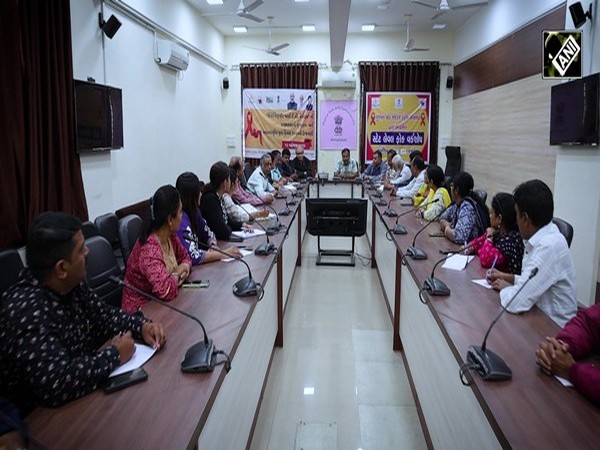China's economy looks strong--unless you're looking for a job
Jun 02, 2020

Beijing [China], June 2 : A closer scrutiny of China's labour market raises questions on the progress of its economy, which was initially on a path to a speedy recovery with businesses reopening post lifting of coronavirus lockdowns, which might be one reason for Beijing's recent tough diplomatic stance.
The WallStreet Journal cited a survey conducted by ANZ Bank which said that the total unemployment and underemployment in China--including involuntary part-time workers and those not actively seeking jobs--was likely around 16 per cent in April.
A consulting firm Gavekal Dragonomics is of the view that there were 60 million to 100 million workers away from their jobs in March and April, or 11 per cent to 20 per cent of nonfarm workers.
Those numbers still look better when compared to the United States, where 22 per cent of workers in April were unemployed, underemployed or not seeking work. But the difference no longer looks quite so stark. And the hit from collapsing trade will rather make it difficult for many of those underemployed Chinese migrants to get back to full employment soon.
China's manufacturing purchasing managers index for May, released Sunday, showed new export orders still falling, owing to a reduction in the global demand for Chinese goods, at comparable rates to early 2009, during the depths of the global financial crisis.
More and more Chinese factories have reopened for work in the past three months as authorities have eased their once-aggressive coronavirus measures. But now they are facing the dire reality of falling orders from overseas customers.
One implication of all this is that Chinese monetary policy needs to get looser, particularly since heavy government-bond issuance has begun pushing bond yields up again in recent weeks.
Using a regression model based on employment growth and inflation, ANZ found that China's weighted average bank lending rate--last reported at 5.08 per cent in the first quarter--should be around 0.6 percentage point lower.
China's short-term interbank lending rates have already fallen sharply this year, but its benchmark one-year bank lending rate, the loan prime rate, is only down 0.3 percentage point. Rates on the central bank's key one-year lending facility for banks, which are meant to feed into the loan prime rate, have also only fallen 0.3 percentage point.
Chinese banks and workers still need help, and all those government bonds need buyers. In other words, that means more support from the central bank--preferably targeting medium rather than shorter maturities.



















